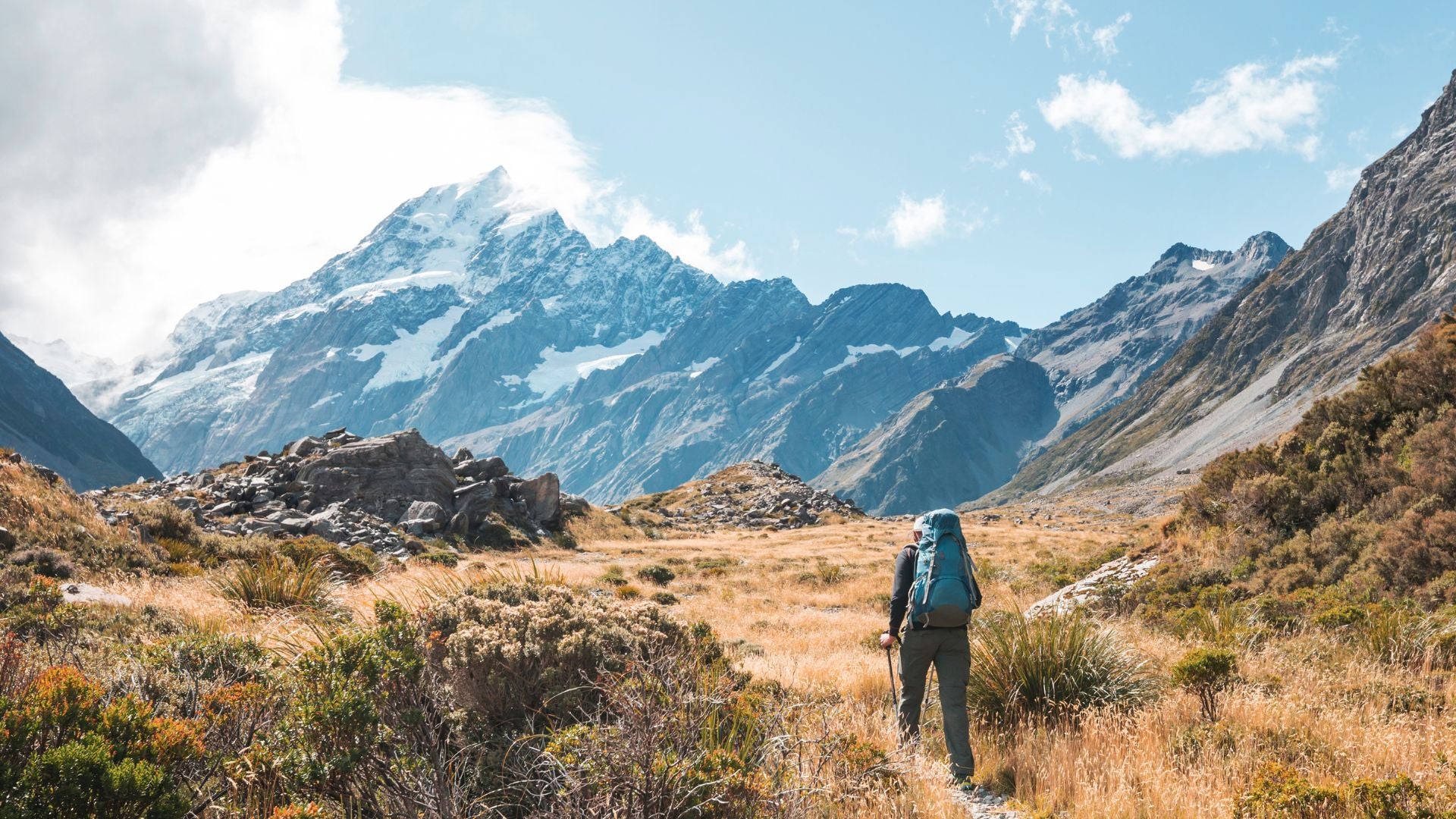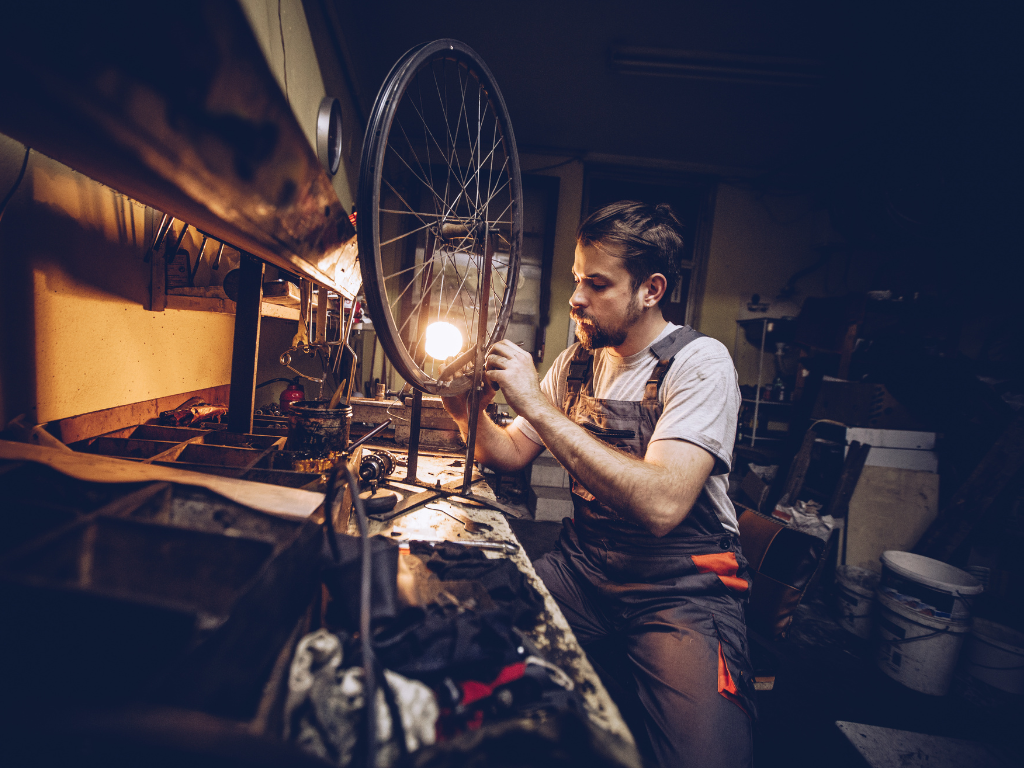
How Fitness and Strength Training Will Make You A Better Mountain Biker
With mountain biking the conventional wisdom is that all you need to do to get fitter is ride more. And while that’s true to a certain extent, to improve your overall riding ability and prevent injury you need to train your body in three distinct ways. Together they’ll make you a much more capable and resilient rider.
- Aerobic
- Anaerobic
- Strength
Aerobic Fitness
Aerobic fitness refers to increasing your body’s ability to absorb oxygen into your blood stream while exercising. Aerobic exercise is about building a solid foundation of endurance by exercising at elevated pulse rates for extended periods of time. Aerobic training rides are measured in hours not minutes.
An aerobic pace is what you pedal at when climbing conservatively or along a flat trail at moderate speed. It’s sometimes called conversation pace – low intensity exercise where you can have a conversation with your riding mates.
You’ll want to increase the intensity above a conversation pace at times during the ride – that's when you’ll start increasing your fitness level. The pace should be one you can sustain for an extended time, but it's harder to talk. Say you go out for a 90-minute ride. Split it into thirds where the first and last 30 minutes are at conversation pace, and the middle 30 is at the higher intensity.
If you want to compete in enduro, aerobic training will help you maintain a good speed all the way around the course and should be your number one priority. You’ll notice as your training goes on that the speed you can hold a conversation at gets faster. Another excellent form of aerobic training for bikers is swimming. It has zero impact on your joints so it’s great as a recovery workout. If water isn’t your natural element it pays to get some lessons to help perfect your technique. It makes all the difference to how much you’ll enjoy your pool sessions.
Anaerobic Fitness
Anaerobic fitness is your ability to expend maximum energy explosively over a few seconds - without oxygen entering your bloodstream in sufficient amount to keep your muscles functioning. Thats called anaerobic respiration and the pulse rate that the changeover from aerobic respiration is called the anaerobic threshold.
Interval training is the gateway to anaerobic fitness. Find a moderately sloped hill that would take maybe a minute to climb at conversation pace and after you’ve warmed up with ten minutes gentle riding, attack it at maximum effort. At the top give yourself from two to five minutes to recover and then repeat the climb at maximum effort five to ten times. It doesn’t matter if you’re a newbie or an Olympic athlete, anaerobic training hurts.
You’ll find that if you really give everything your legs are screaming by the top - and there's still another reps to go! That’s the lactic acid building up in your muscles that is normally flushed away when you’re exercising aerobically.
Anaerobic training is essential for cross-country racing where you’ll find lots of short intense climbs. Having the anaerobic reserves ready to go will prevent you from having to dab or keel over, risking a preventable low-speed injury.
If you want to get really into anaerobic training you’ll need to do an anaerobic threshold test where they determined the pulse rate at which you switch from aerobic to anaerobic respiration. From that they can work out the ideal pulse rate to exercise at during your aerobic training. For example, with endurance race conditioning you might aim to sustain a pulse rate that’s 75% of your anaerobic threshold for the middle 30 of a 90-minute training ride.
Strength Training
Mountain bikers should be strong for several important reasons. Core strength promotes good posture on the bike and protests your lower back. Strong arms, neck and shoulders help you hang on over rough terrain and brush off falls. Strength training is best done in the gym with the help of a personal trainer, because technique is super important. It’s easy to hurt yourself if you don’t do the exercises right.
The other benefit to using a personal trainer is that they’ll be able to create a bespoke training programme for you that integrates aerobic, anaerobic and strength training all together, in a way that works for you. Find a PT who understands biking and tell them what you want to achieve - and you’ll never look back.
Make Training A Habit
Make sure you have a training plan and stick with it. The first month will be by far the hardest. If you get through that you’ll find that training becomes a normal part of your life. It's easier if you have a personal trainer – they're amazing at keeping you focused.
There are several top quality gyms and a selection of world-class personal trainers in Queenstown and Wanaka - and pretty much everywhere else in NZ for that matter. There's sure to be the right one out there for you.



